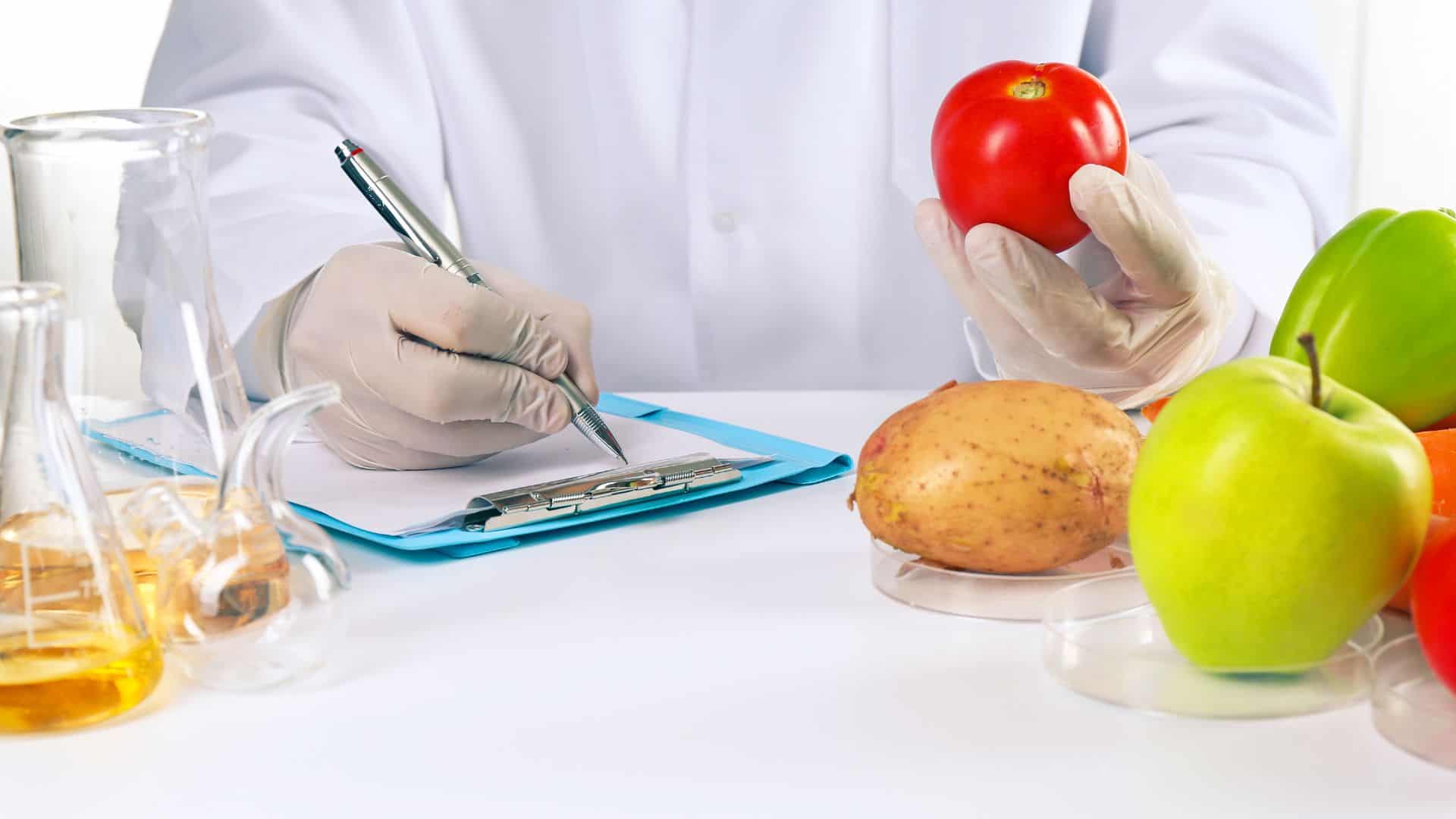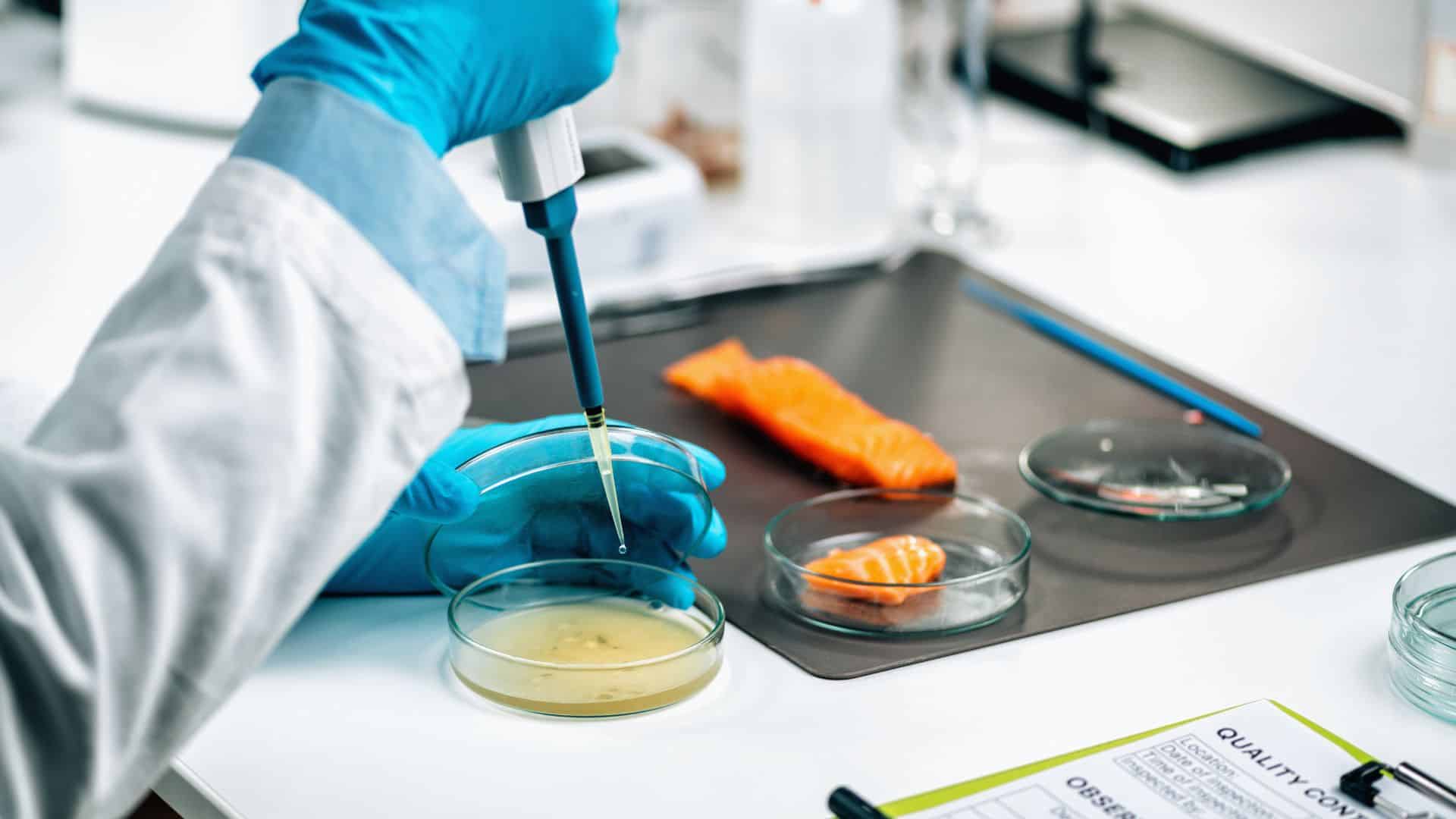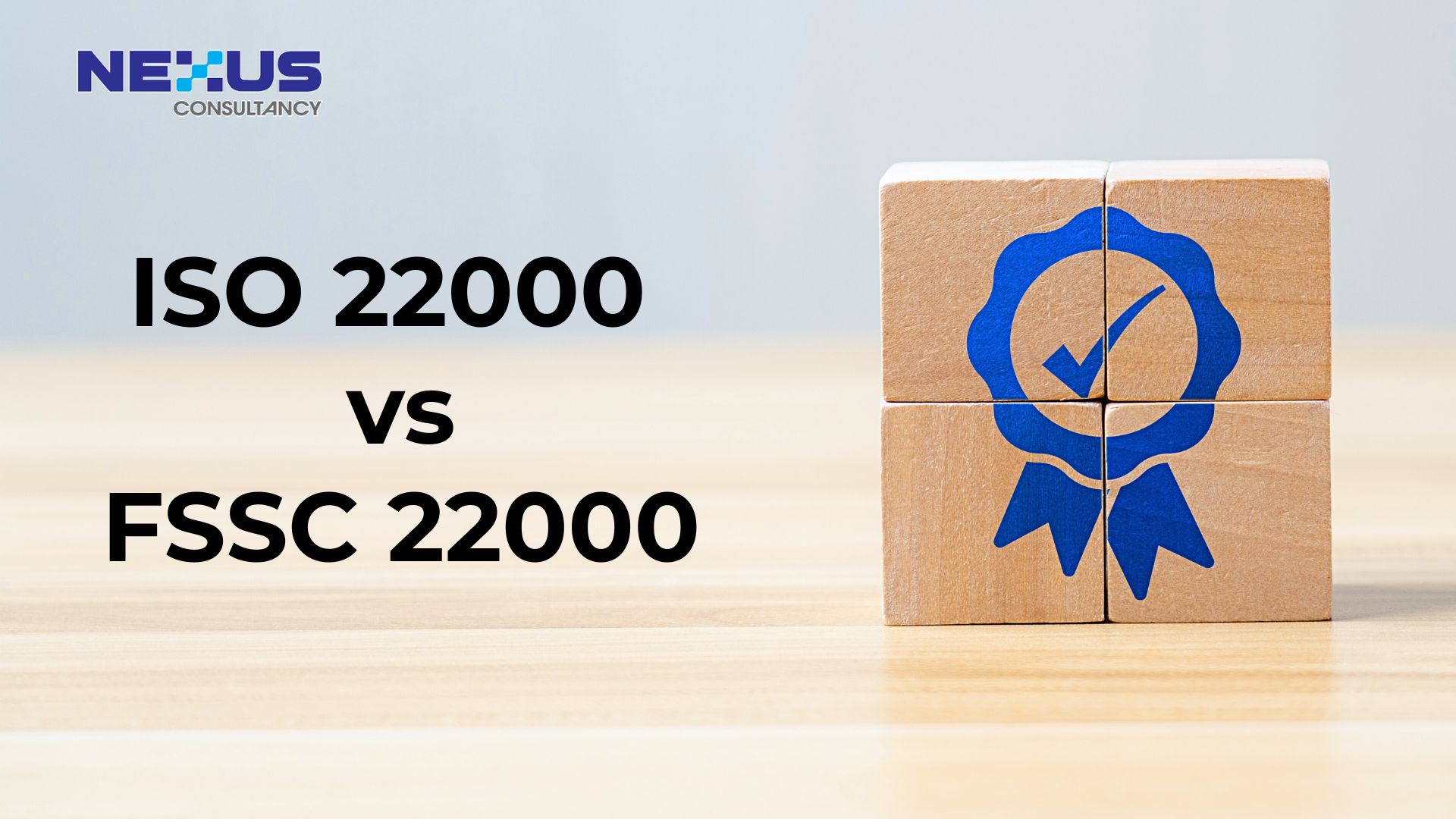
Danielle Tan
Chief Operating Officer
The ISO 14064-1 standard provides guidelines for organizations to quantify, monitor, and report greenhouse gas emissions and removals. This aims to explain the purpose and scope of ISO 14064-1, helping readers understand its importance in greenhouse gas reporting and environmental management.

Picture this: You’re about to savor a luscious bowl of extra-virgin olive oil drizzled over a crisp salad, accompanied by a glass of fine Italian wine. It sounds like the perfect gastronomic experience, doesn’t it? But what if I told you that your premium olive oil was diluted with inferior oils and your “Italian” wine had never touched Italian soil? Welcome to the shadowy world of food fraud.
What is Food Fraud?
Food fraud, often referred to as economically motivated adulteration, is the deceptive act of intentionally altering, substituting, misrepresenting, or tampering with food products for financial gain. It’s a global issue that affects consumers, producers, and the entire food supply chain.
Common Foods Prone to Food Fraud
Olive Oil: As mentioned earlier, olive oil is a prime target for adulteration. Authentic extra-virgin olive oil is often diluted with cheaper oils like canola or soybean oil.
Honey: This sweet delight is frequently adulterated with cheaper syrups, often mislabeled as “pure” or “organic” honey.
Seafood: Fish and seafood are commonly substituted with lower-value species. For example, escolar is sometimes sold as “white tuna.”
Milk and Dairy Products: Milk may be diluted with water, and dairy products like cheese can be counterfeited.
Spices: Saffron, vanilla, and paprika are susceptible to adulteration, with lower-quality substitutes or artificial ingredients.
Coffee: Ground coffee might contain fillers like chicory or roasted barley.
Some Real Cases of Food Fraud
Horse Meat Scandal (2013): In Europe, several products labeled as beef were found to contain horse meat. This scandal exposed complex supply chain vulnerabilities.
Parmesan Cheese Wood Pulp (2016): Some grated Parmesan cheese products in the United States were discovered to contain significant amounts of wood pulp, showing how authenticity can be compromised.
Olive Oil Controversies: Multiple cases have exposed adulterated olive oils, with pure olive oil often diluted with lower-quality oils or mislabeled.
Spices Fraud (2019): Investigations have uncovered instances of spices being adulterated with undeclared ingredients or impurities.

8 Ways Food Fraud Vulnerability Assessment Builds Trust in Food Safety
In the battle against food fraud, one crucial weapon in our arsenal is the Food Fraud Vulnerability Assessment. This proactive approach involves assessing and mitigating vulnerabilities within the food supply chain to reduce the risk of food fraud incidents.
How food fraud vulnerability assessment helps prevent food fraud:
#1. Identification of Vulnerabilities
Through food fraud vulnerability assessment, companies gain a comprehensive view of their supply chain, meticulously examining every stage from production to distribution. This process doesn’t merely focus on the obvious points but also assesses potential weak links where adulteration, tampering, or other fraudulent activities could occur. It’s a systematic approach that leaves no stone unturned in identifying vulnerabilities that might otherwise go unnoticed.
#2. Risk Assessment
Food fraud vulnerability assessment doesn’t stop at pinpointing vulnerabilities; it goes a step further by evaluating the likelihood and potential impact of food fraud incidents. By assigning risk levels, food fraud vulnerability assessment enables companies to prioritize their efforts and allocate resources to high-risk areas. This strategic approach ensures that preventive measures are concentrated where they are needed the most, making the entire process not only effective but also resource-efficient.
#3. Supplier Evaluation
Supplier scrutiny is a pivotal aspect of food fraud vulnerability assessment. It facilitates a thorough examination of suppliers and their practices. This evaluation encourages due diligence in selecting and monitoring suppliers, ensuring that they share the same commitment to food safety and authenticity. By implementing food fraud vulnerability assessment companies establish a robust supplier verification system that acts as an additional layer of defense against fraudulent sourcing.

#4. Transparency
A comprehensive food fraud vulnerability assessment initiative naturally promotes transparency within the supply chain. It creates a culture of openness and accountability where every stakeholder understands the importance of transparency in preventing food fraud. This increased transparency serves as a deterrent to fraudsters, making it significantly more challenging for them to operate covertly or unnoticed.
#5. Traceability
Implementing traceability systems is one of the key outcomes of food fraud vulnerability assessment. These systems enable the meticulous tracking of products from their source to the consumer’s table. This level of traceability ensures that product authenticity can be verified at every step of the journey. In the event of suspected fraud, traceability systems swiftly pinpoint the source, making it easier to identify and rectify any fraudulent activities.

#6. Testing and Analysis
Food fraud vulnerability assessment isn’t just a theoretical exercise; it often involves practical measures such as product testing and analysis. This scientifically driven approach serves as a powerful tool in uncovering fraud. Sophisticated testing methods can detect adulteration, contamination, or misrepresentation that might otherwise go undetected. By incorporating testing and analysis into their food fraud vulnerability assessment efforts, companies bolster their defenses against fraudulent practices.
#7. Regulatory Compliance
As food fraud becomes an increasingly serious concern, many countries have introduced regulations that mandate food fraud prevention measures. food fraud vulnerability assessment ensures that companies remain compliant with these regulations. By adopting food fraud vulnerability assessment, organizations not only meet legal requirements but also demonstrate a proactive commitment to ensuring the authenticity and safety of their products.
#8. Consumer Trust
Ultimately, the culmination of food fraud vulnerability assessment efforts contributes to the enhancement of consumer trust and loyalty. In today’s highly competitive market, consumers are increasingly discerning and value-conscious. By visibly demonstrating a commitment to food safety and authenticity through food fraud vulnerability assessment, companies build and maintain the trust of their customer base. This trust translates into increased consumer confidence, brand loyalty, and long-term success in the marketplace.
Conclusion
Food fraud is a global issue that threatens public health, consumer trust, and the integrity of the food industry. While completely eradicating food fraud may be challenging, implementing Food Fraud Vulnerability Assessment is a critical step towards reducing its prevalence and mitigating its impact.
Through food fraud vulnerability assessment, organizations can identify vulnerabilities, assess risks, and take proactive measures to protect the authenticity and safety of their products. In an age where consumers demand transparency and authenticity, food fraud vulnerability assessment is not just a tool for compliance but a strategy for building trust and ensuring the integrity of our food supply.
In the end, it’s not just about safeguarding what’s on our plates; it’s about safeguarding our health, our trust, and our culinary experiences.
To learn more about food safety culture, contact us to know more






